
Category: sustainability – Page 351

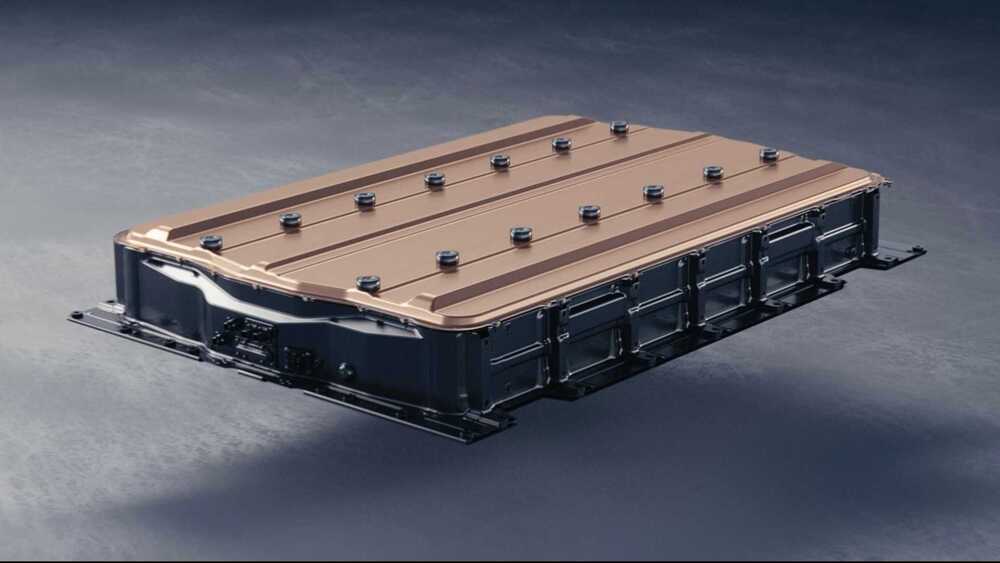
General Motors Secures Multi-Year Cobalt Supply From Glencore
“GM and our suppliers are building an EV ecosystem that is focused on sourcing critical raw materials in a secure sustainable manner. Importantly, given the critical role of EVs in reducing the carbon footprint of the transportation sector, this agreement is aligned with our approach to responsible sourcing and supply chain management.”
Jeff Morrison, GM vice president, Global Purchasing and Supply Chain
GM and Glencore did not disclose the duration of the sourcing agreement or its value. Cobalt is a rare metal that makes up only 0.001% of the earth’s crust. Known for its heat-resistant properties, it is added to lithium-ion battery cathodes to improve energy density and battery longevity.
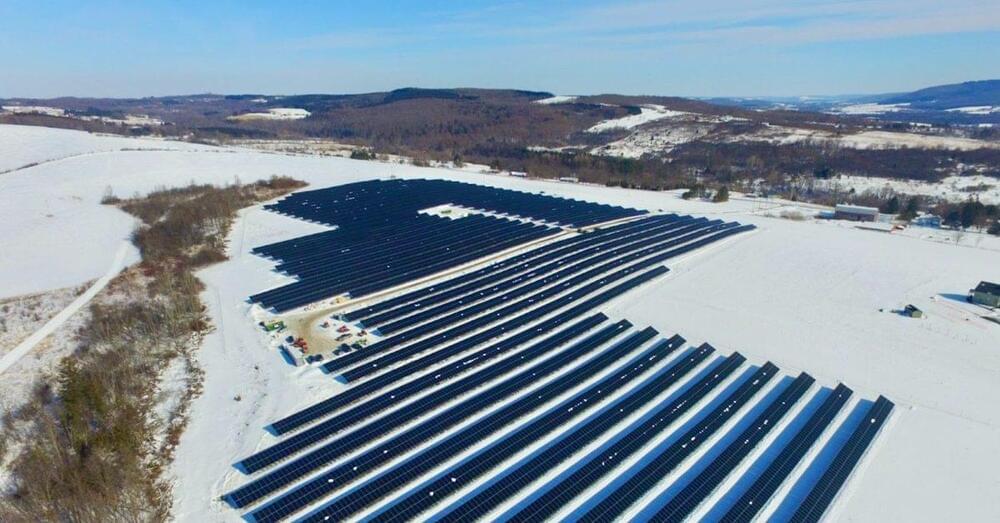
New York State is getting 38 MW of community bifacial solar farms
Boston-based solar company ClearPath Energy and Maitland, Florida-based Castillo Engineering, a solar engineering firm, are building six community bifacial solar farms in New York State.
UnderstandSolar is a free service that links you to top-rated solar installers in your region for personalized solar estimates. Tesla now offers price matching, so it’s important to shop for the best quotes. Click here to learn more and get your quotes. — *ad.
Ranging from 4.5 megawatts (MW) to 7.5 MW in size, the six solar farms are currently in late stages of construction in central New York State, and some are already mechanically completed. All six projects are scheduled to be operational in the second quarter of 2022.


World’s first LED lights developed from rice husks
Milling rice to separate the grain from the husks produces about 100 million tons of rice husk waste globally each year. Scientists searching for a scalable method to fabricate quantum dots have developed a way to recycle rice husks to create the first silicon quantum dot (QD) LED light. Their new method transforms agricultural waste into state-of-the-art light-emitting diodes in a low-cost, environmentally friendly way.
The research team from the Natural Science Center for Basic Research and Development, Hiroshima University, published their findings on January 28, 2022, in the American Chemical Society journal ACS Sustainable Chemistry & Engineering.
“Since typical QDs often involve toxic material, such as cadmium, lead, or other heavy metals, environmental concerns have been frequently deliberated when using nanomaterials. Our proposed process and fabrication method for QDs minimizes these concerns,” said Ken-ichi Saitow, lead study author and a professor of chemistry at Hiroshima University.

DeLorean reimagined as a bold electric vehicle made for tough terrains
The most anticipated electric car of the decade is finally going to hit the tarmac in August later this year, and I can’t wait already. Yes, the iconic DMC DeLorean sports car that defined the pop culture of the 1980s and spilled far beyond just a couple of decades of fame is going to now be resurrected as an EV model. Earlier in the year, the gull-winged silhouette of the upcoming DeLorean excited all automotive fans, and now they’ve dropped a very clear half shot of the car’s rear, and a press release to keep all speculations alive. So, I can confidently say, the DeLorean is going to be back in the future!
The iconic car is in fact all set to hit the limelight on August 18, 2022, at the prestigious Awards Ramp at the Pebble Beach Concours d’Elegance. From what we see in the teaser image, the EV is going to follow the norm with a modern silhouette and this concept gives our imagination wings. If we ignore the rear that looks more akin to the Bugatti Chiron, the EV could be pretty similar to what we see in these renders. A bold form factor with an intimidating front could be on the cards. The side profile has to be sharp and flowing with a supercar-like domineer but slightly bend towards the coupe persona too. As per Troy Beetz, CMO of DeLorean Motor Company Inc, 0 “Excitement is rising like the doors of our iconic sports car, and we are revealing the next generation prototype 3 days earlier than planned on the most prestigious stage at Pebble beach.”
Designer: Recom Farmhouse, Kate Brown and Marvin Lübke.
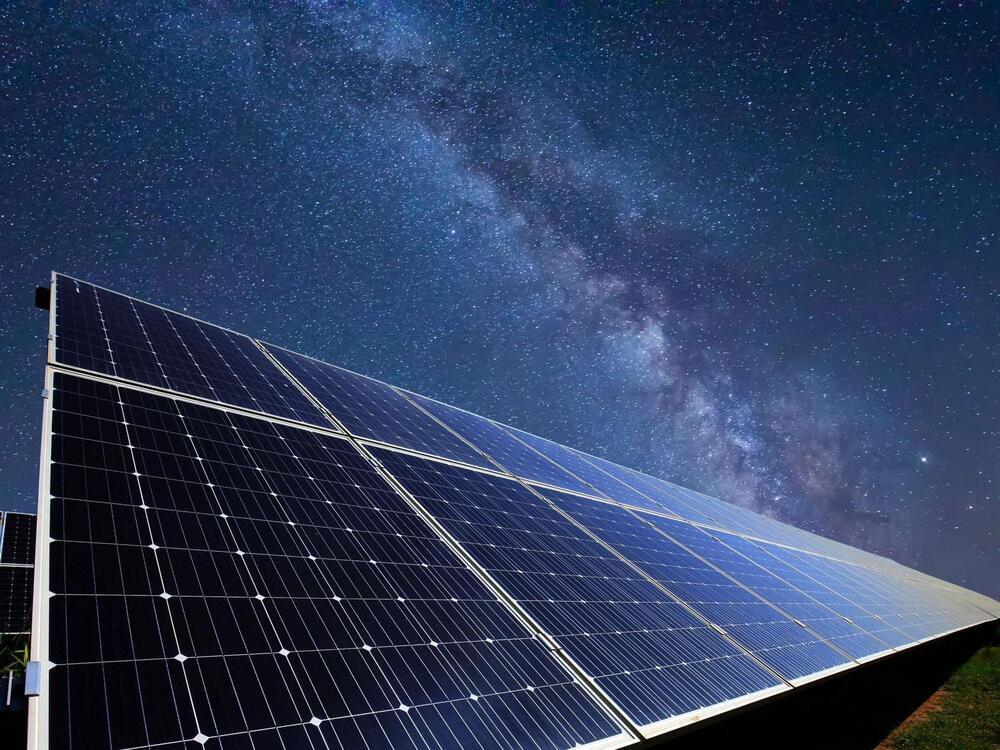
These Solar Cells Produce Electricity at Night
Researchers used radiative cooling to generate enough to power LEDs or charge a cell phone.
NASA has agreed to test startup SpinLaunch’s kinetic launcher, a giant circular accelerator that aims to shoot 200 kilogram satellites into space.
The California-based SpinLaunch’s launcher is located at the Spaceport America facility in New Mexico where it will carry out a test flight with NASA later this year, according to the firm.

New Photovoltaic Cell Makes Electricity From Thermal Radiation
A new PV module makes electricity from thermal radiation. Imagine that.
The electromagnetic spectrum is comprised of thousands upon thousands of frequencies. Sound and light are all part of the spectrum, as are the frequencies that make radio and television broadcasts possible. Today’s solar panels harvest light waves from a small part of the EM spectrum and turn them into electricity, but there are many other frequencies like thermal radiation that could someday stimulate new kinds of photovoltaic cells to generate electricity as well.
Researchers at Stanford have recently published a study in the journal Applied Physics Letters that describes a new type of cell that converts thermal radiation into electricity. When the sun goes down, living organisms and physical structures like buildings, road, and sidewalks radiate heat back into the atmosphere. We call this radiational cooling and it is those electromagnetic waves the Stanford researchers say can be put to work making electricity.
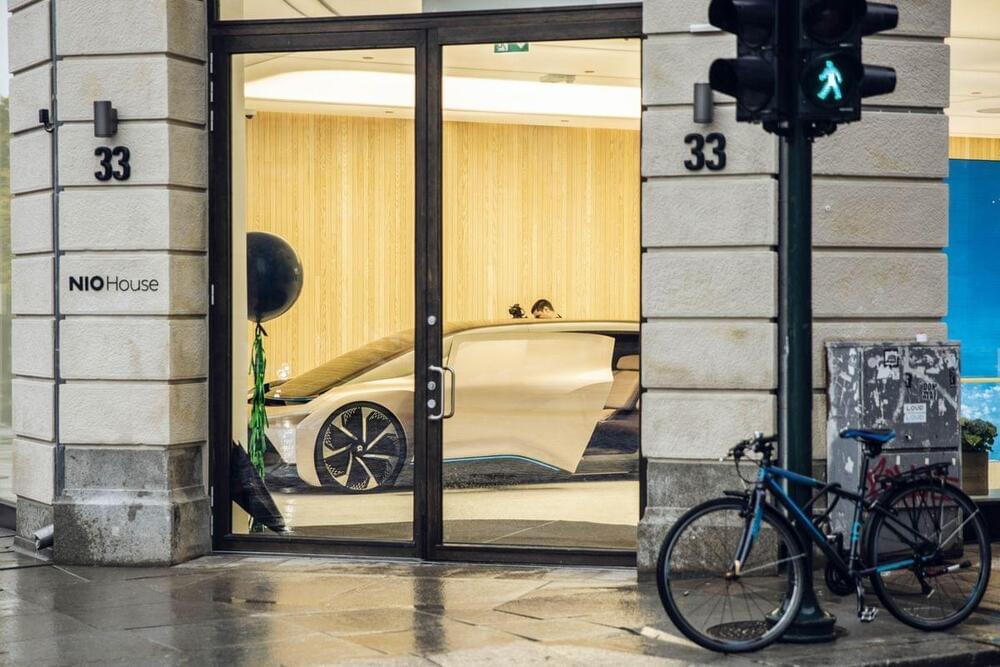
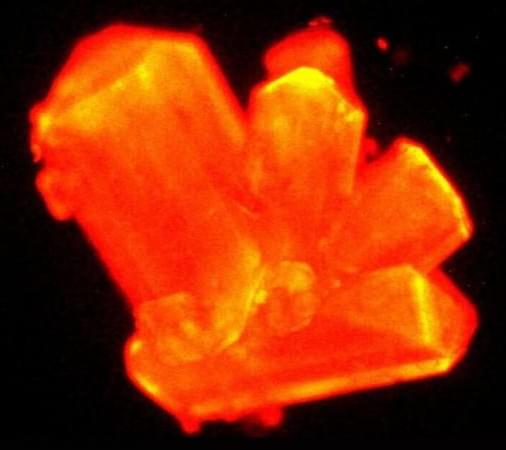
Squeezing Heavy Elements Between Diamonds Might Help Recycle Nuclear Waste
2020 One of the heaviest known elements can be modified more than scientists thought — possibly opening the door to new ways of recycling nuclear fuel and enhanced long-term storage of radioactive elements — according to a recent study published in the journal Nature.
Squeezing heavy elements between diamonds might open doors for recycling nuclear waste.